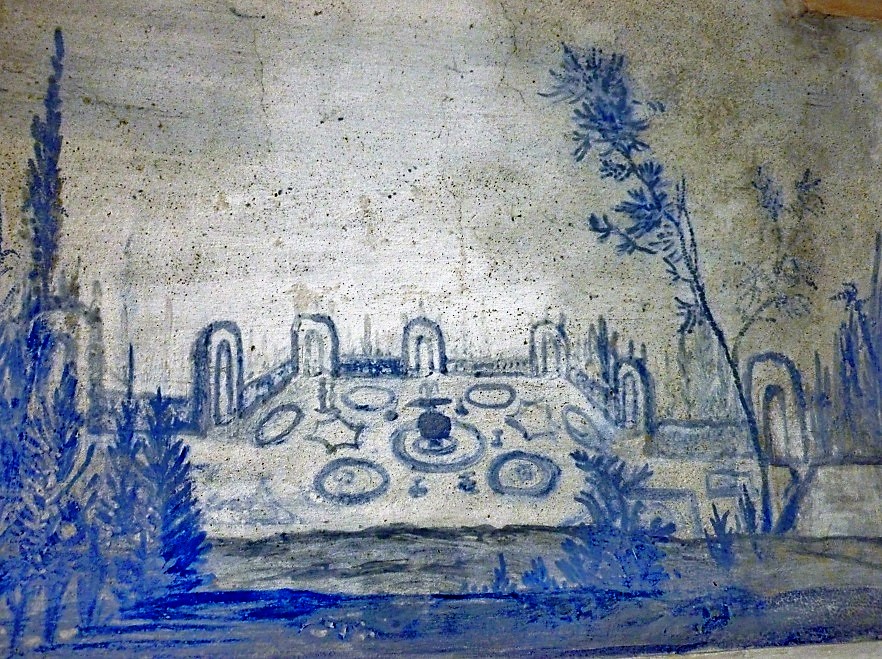Ulrich Gehmann, Andreas Siess
Metadata
Urban Eidos Volume 2 (2024), pages 3–4
| Journal-ISSN: | 2942-5131 |
| DOI (PDF): | https://doi.org/10.62582/RNRI95104P |
| DOI (online): | https://doi.org/10.62582/RNRI95104 |
Taken from its Greek origin, an eidos (ειδοϛ) is an image. It is a very old word, deeply embedded in our culture. From its Indo-European root, it means “seeing”, “to see”, is related to “knowing” and stands for a consistent form, appearance, gestalt, and the very nature of what is seen as a vivid fact. Eidos is the apparent specific way of how something is organized, it stands for its specific architecture or order. Eidos relates to type (the Greek typos, τυπος), the sculptured, the coined image of something, the paradigmatic example as form, the blueprint.[1] Eidos has a visible and an invisible dimension. Regarding the latter, the endon eidos (Aristotle) or inner image denotes the conception of something, as a complete and coherent image; as regards its visible appearance, eidos means the specific way of manifestation as an external appearance.[2] As does typos, eidos relates to the essence, the very nature of something. Like gestalt, eidos expresses the specific nature of something, that what makes the entity in question to the entity it is.

All these notions of an eidos apply to architecture, to the built space; and hence, to urban structures. At the same time, there are many of such images possible, covering a wide array of meanings. This also applies to an envisioned future – how our places to live shall look like? What we want, and why? How to overcome existing constraints and shortfalls of an existing urbanity? What about nature? How to include it to make the existing urban spaces more viable and attractive? What about communal spaces, as (intended) places for the communal life? What about the eidos of community? Just to pick out some important issues of a recent urbanity, next to many others.
When dealing with an eidos of the urban space, we are dealing with the notion of an ideal space, in the end. Next to its conventional understanding as a space perfected, an ideal space can also be a space imagined and here, social imagination becomes important: in which spaces we want to live, or want to avoid to live. Both directions concern society, the communal life, the living together of humans. Both directions imply what was stated in the Italian Renaissance already: building on the city is building on society.[3] All that is included in an Urban Eidos.
Dictionary of Ancient Greek (1965): 242; and 752, to the notion of typos. To the notion of an eidos as type cf. Panofsky, Erwin (1960): Idea. Ein Beitrag zur Begriffsgeschichte in der älteren Kunsttheorie: 10 ↑
To Aristotle’s conception of an endon eidos see Schipperges, Heinrich: Natur. In: Geschichtliche Grundbegriffe Bd. 4 (1997), 215-244: 220. To eidos as the specific way of external appearance: Panofsky (op. cit): 10. To gestalt as the expression of the essence of something cf. Schimmel, Hanno (2000): Gestalt. Erscheinungsformen in Architektur und Kunst: 7 ↑
Lampugnani, V.M. (2017): Die Stadt von der Neuzeit bis zum 19. Jahrhundert: 45 ↑